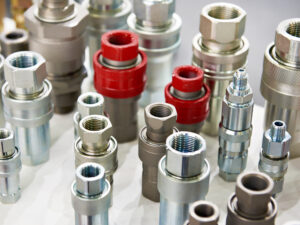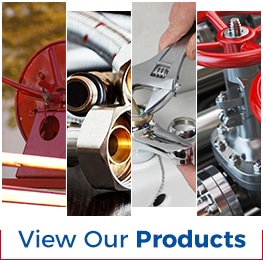
When it comes to connecting pipes and hoses, metric and air fittings are two common options that people choose from. Although they have some similarities, they also have distinct differences that set them apart. In this article, we will compare and contrast metric and air fittings to help you understand which one is right for your needs.
Similarities
Both metric and air fittings are used for connecting pipes and hoses. They are designed to make it easy to join two pieces of equipment together securely. Both types of fittings come in a range of sizes and shapes to accommodate different applications. They are typically made from durable materials, such as brass or stainless steel, that can withstand high pressure and temperature.
Differences
One of the main differences between metric and air fittings is the type of system they are used in. Metric fittings are used in metric systems, which are widely used in Europe and Asia. Air fittings, on the other hand, are used in compressed air systems, which are commonly found in factories and workshops.
Another difference is the way they are sized. Metric fittings are sized in millimeters, while air fittings are sized in fractions of an inch. This means that you need to make sure you have the correct fittings for your system, or they will not fit properly.
The shape of the fittings is also different. Metric fittings have a rounded shape with smooth edges, while air fittings have a more angular shape with sharper edges. This is because air fittings are designed to handle higher pressures than metric fittings.
The way the fittings connect to pipes and hoses is also different. Metric fittings typically have a tapered thread that screws into the pipe or hose. Air fittings, on the other hand, have a quick-connect system that snaps into place. This makes it easy to connect and disconnect hoses and pipes quickly.
Finally, the applications for which they are used are different. Metric fittings are commonly used in automotive and industrial applications, while air fittings are used in compressed air systems for power tools, pneumatic machines, and other equipment.
Final Words
As you can see, while metric and air fittings share some similarities, they also have distinct differences that set them apart. The choice between these two types of fittings will depend on the system you are working with, the application you have in mind, and the specific requirements of your project. Regardless of which type of fitting you choose, it’s important to make sure you have the correct size and shape for your needs to ensure a secure and reliable connection, and here at ASJ Industrial Hose and Fitting we have just the inventory for you. Located in Corona, California, we have a world-renowned inventory that services the greater Los Angeles area and even beyond. Give us a call today to learn more about our services: (951) 735-1351.



 Phone:
Phone: